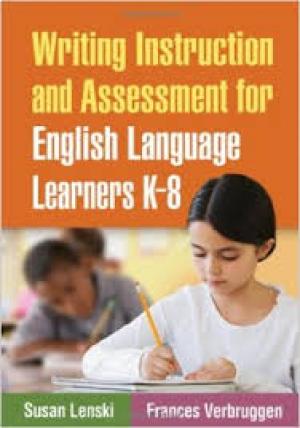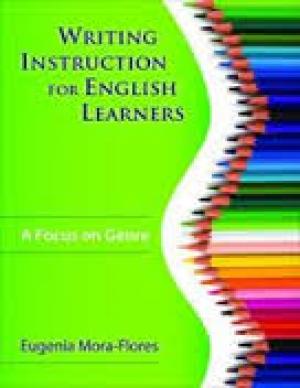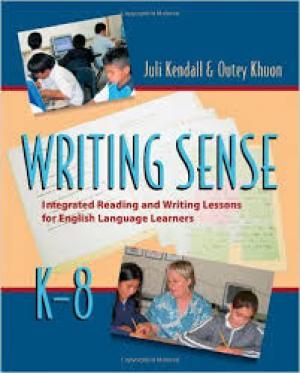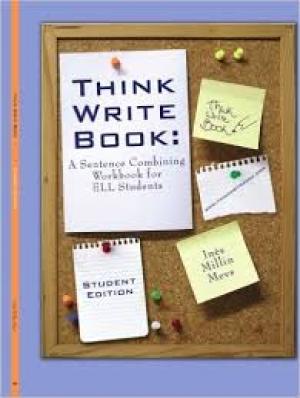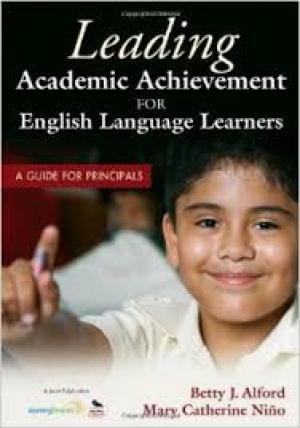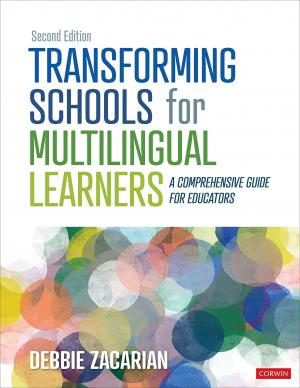Tired of reading student papers that describe things as "nice" or "good"? This workbook, highly recommended by educators, helps young students improve their vocabulary, grammar, and spelling.
This handbook offers ELL and mainstream teachers a number of tools and strategies they can use to help ELLs become successful writers.
Moving beyond the writing process, this useful resource is filled with activities and graphic organizers to help students understand and then produce various types of writing: narrative, expository, persuasive and poetic.
This detailed-yet very readable-guide to literacy instruction for ELLs offers a wealth of instructional information to educators.
Educator Inés Millin Mevs provide guidance on how to use sentence combining as a writing strategy for ELLs.
Betty J. Alford and Mary Catherine Niño present an informative guide that will provide administrators important insights on the structural and strategic changes needed to create an environment in which ELLs will succeed.
Dr. Wayne E.
Learn how to help ELLs thrive in the classroom and school community from veteran educator Farin A. Houk.
This second edition of this popular book supports educators to design and enact policies, practices, and structures for multilingual learners (MLs) to feel a sense of safety, belonging, value, and competence.


